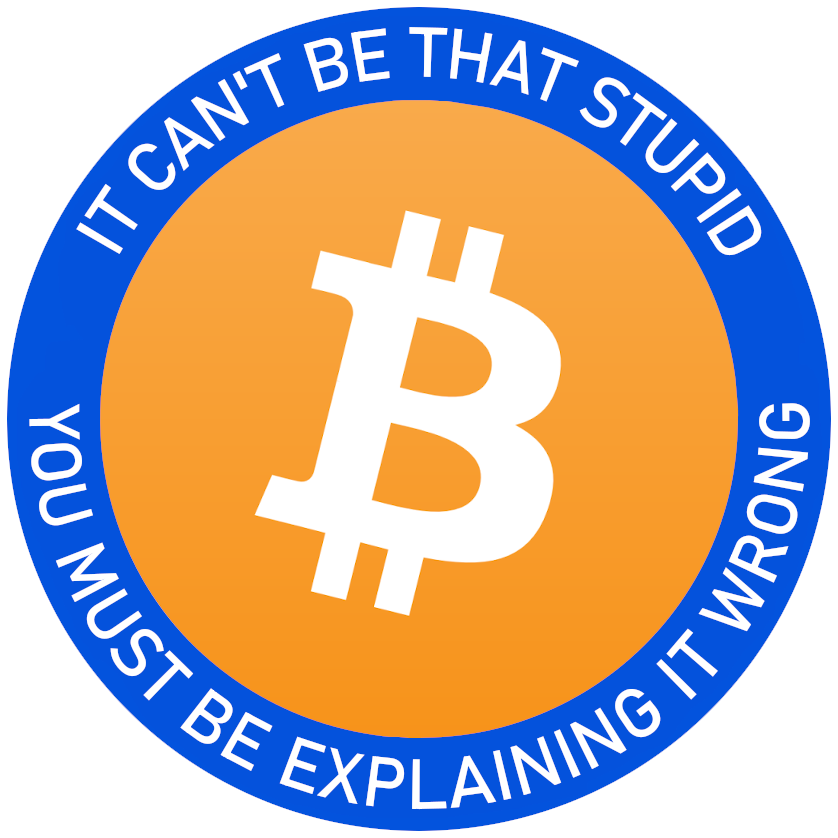If you remember early bitcoin, some people would say it’s money, some people would say it’s gold. Some people would say it’s this blockchain … The way that I look at Bittensor is as the World Wide Web of AI.
it’s really rude of you to find and quote a paragraph designed to force me to take four shots in rapid succession in my ongoing crypto/AI drinking game!
How does Bittensor work? “When you have a question, you send it out to the network. Miners whose models are suited to answer your question will process it and send back a proposed answer.” The “miners” are rewarded with TAO tokens.
“what do you mean oracle problem? our new thing’s nothing but oracles, we just have to figure out a way to know they’re telling the truth!”
Bittensor is enormously proud to be decentralized, because that’s a concept that totally makes sense with AI models, right? “There is no greater story than people’s relentless and dogged endeavor to overcome repressive regimes,” starts Bittensor’s introduction page.
meme stock cults and crypto scams both should maybe consider keeping pseudo-leftist jargon out of their fucking mouths
e: also, Bittensor? really?
